CPW explains threat of non-native fish species posed to native, threatened fish populations
COLORADO SPRINGS, Colo. (KRDO) -- Colorado Parks and Wildlife says that the introduction of non-native fish species into local lakes and other waterways is a common occurrence but one that is nearly impossible to stop or enforce.
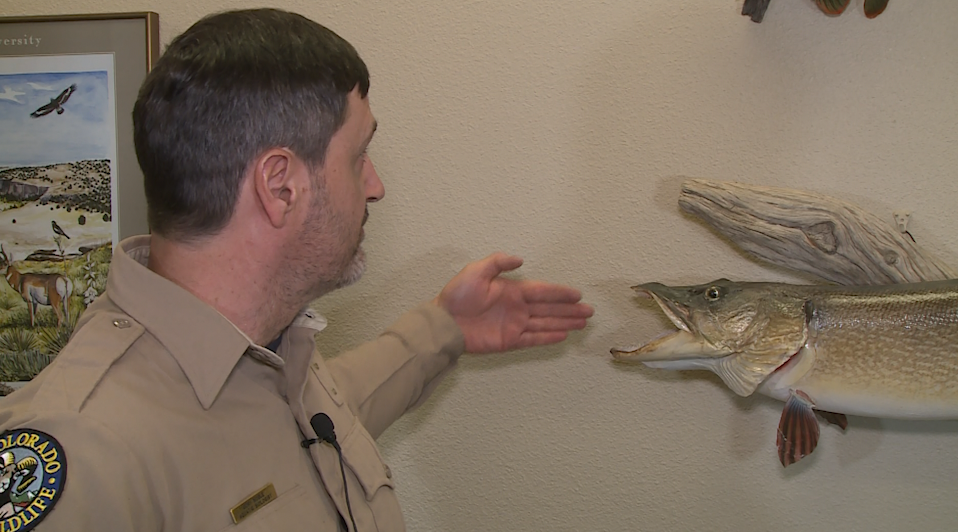
"People don't realize the impact a non-native species can have on native species, particularly those in limited numbers," says Cory Noble, an aquatic biologist with CPW. "They can spread from the waterway they're in and travel downstream to other waterways."
The matter took on a sense of urgency this month when CPW began draining Mack Mesa Reservoir, north of Grand Junction, because of the appearance of Great northern pike -- a predator that eats other fish and likely is targeting four endangered or threatened native species repopulating in that reservoir.
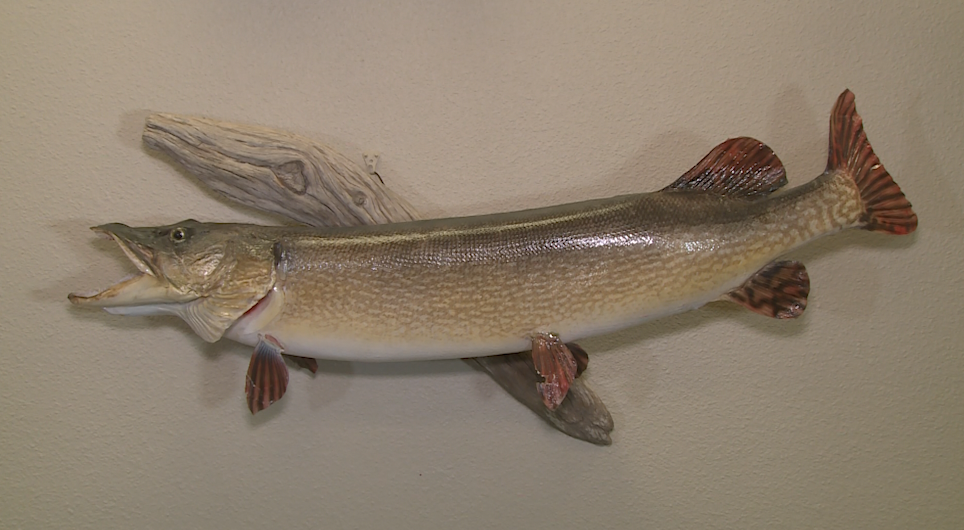
However, CPW considers the presence of such a predator to be more of a threat on the western slope than elsewhere in Colorado because of a higher number of limited native fish species west of the Continental divide.
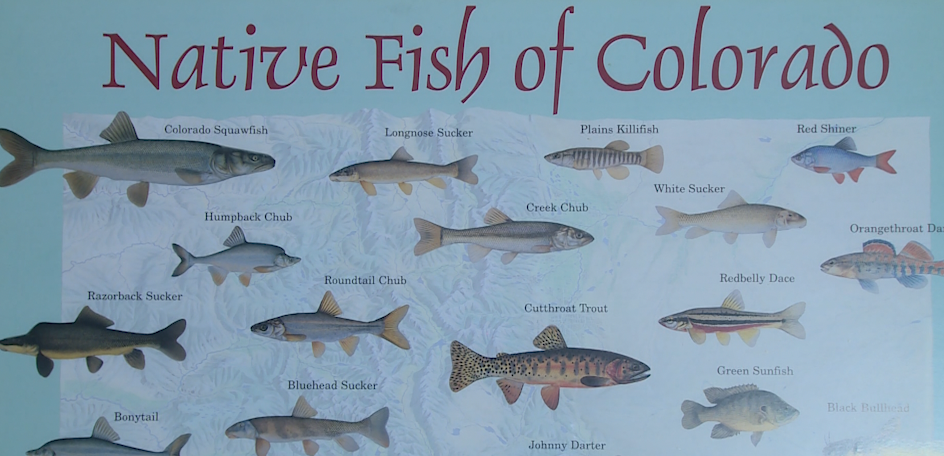
Still, CPW says that pike have been in Monument Lake since at least 2011, but that the agency manages that situation by regularly restocking the lake so that pike are unable to eat all of the fish there.
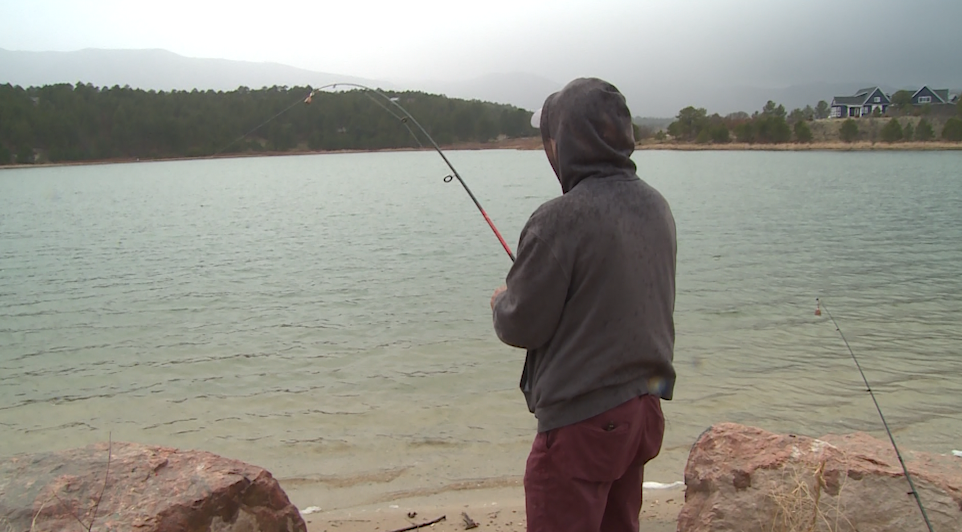
Michael Aguilar, who came from Denver to fish at Monument Lake on Tuesday, offers a suggestion.
"CPW or whomever's in charge should make a pond that has pike only," he says. "Don't mix them with other species. That's what CPW should have been doing all along."
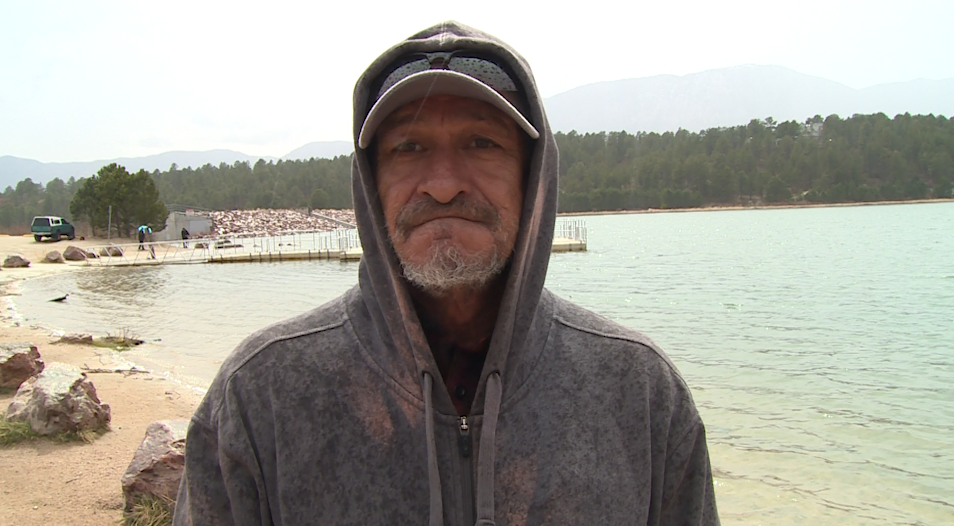
Ironically, CPW allows pike to exist there -- and in some other waterways -- because it's a popular sport fish. That is likely why people have illegally introduced it into Colorado waters.

The threat of non-native fish species can come even from your home aquarium, as CPW says people regularly dump unwanted tropical fish into local waters. Those fish generally can't survive long in colder temperatures but goldfish in Prospect Lake, in Colorado Springs, are better at adapting and can out-compete other fish for food.
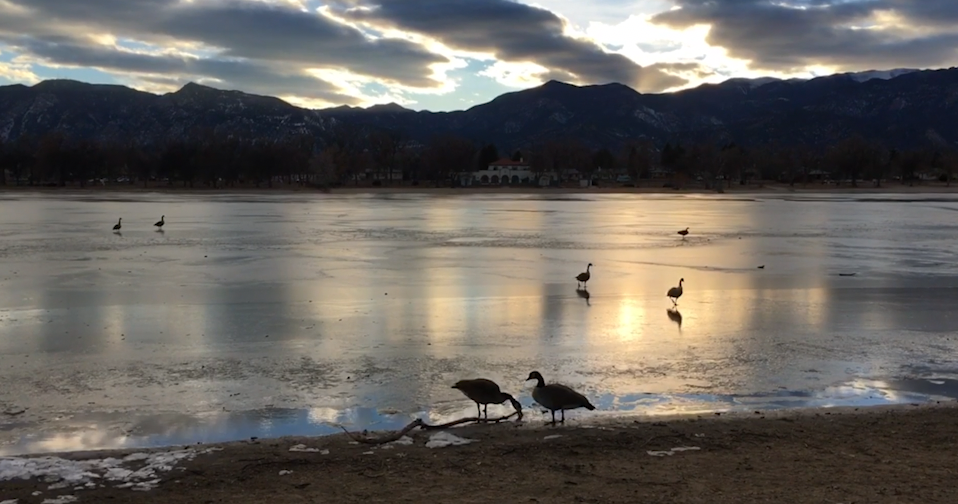
The Mack Mesa situation is believed to be the first time that CPW has drained a lake to remove a predator, instead of using traditional methods such as physical capture or chemical treatment.
CPW says that if you're caught or convicted of introducing a non-native species, penalties can include the cost of restoring the affected fishery -- which could cost hundreds of thousands of dollars.
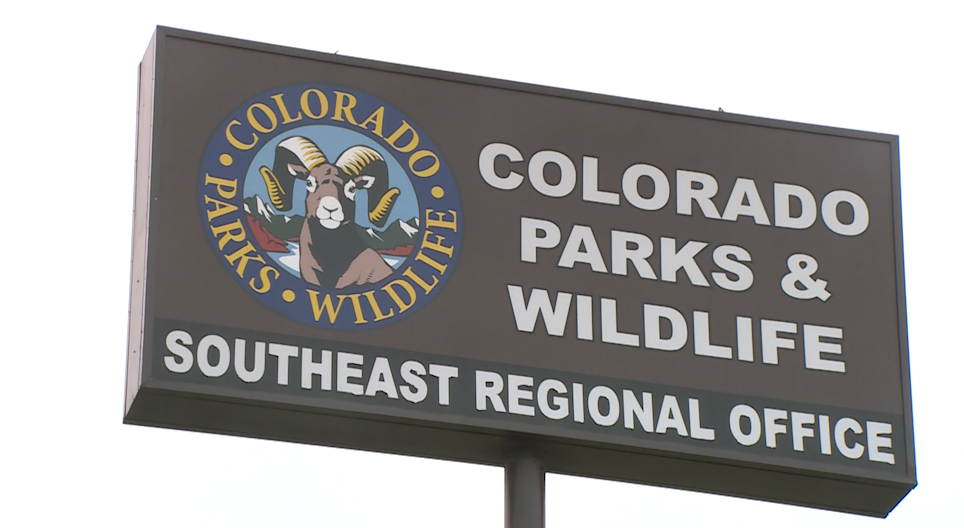
A significant reduction of threatened greenback cutthroat trout in Bear Creek is due not to an invasive predator, CPW says, but to increased sediment from a lack of rainfall. The agency said that the trout numbers there should rebound eventually.




